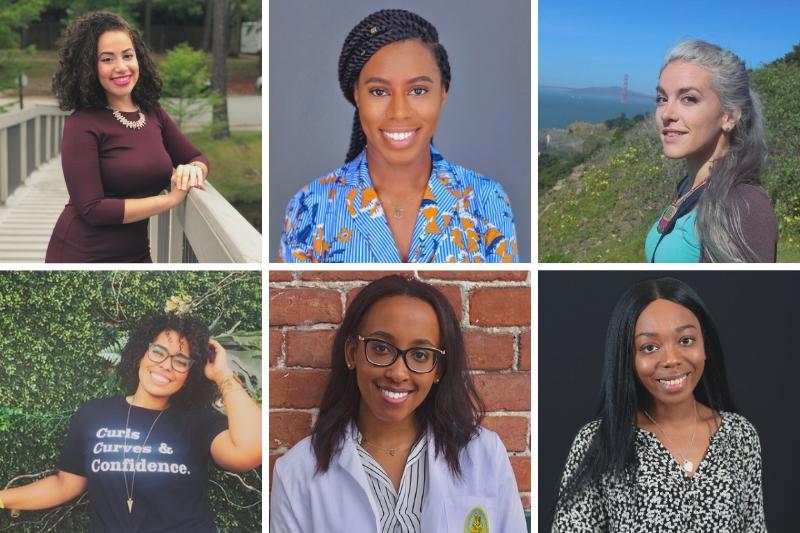Interdisciplinary Tulane team competes in Johns Hopkins COVID-19 design challenge
A team of Tulane University students from the School of Public Health and Tropical Medicine and the School of Medicine was accepted into the international John Hopkins Center for Bioengineering and Design COVID-19 Design Challenge, one of only 200 teams.
They submitted a solution for the design challenge in late March and are waiting to hear the results of the judging.
Tonye Fohsta-Lynch, a School of Public Health and Tropical Medicine graduate student in maternal and child health, contacted Alessandra Bazzano, MPH, PhD, associate professor of global community health and behavioral sciences, about finding other students to form a team for the challenge. The effort came together when Jesenia Angeles, a Master of Public Health student in the international health and development program, stepped up to put together an interdisciplinary team of Tulane students.
“I knew it was better to collaborate and work towards something that was bigger than myself.”
School of Public Health student Jesenia Angeles
“I initially applied and gathered an incredibly talented and multifaceted team because I knew it was better to collaborate and work towards something that was bigger than myself,” said Angeles, adding that the students did not know each other before the challenge. “After working nonstop, attending expert insight sessions and brainstorming for hours endlessly with my team, I believe we are strongly equipped under the guidance of leading experts around the world, to come together and create real-time solutions to COVID-19.”
Besides Fohsta-Lynch and Angeles, the team consists of tropical medicine student Stephanie Guzman, health education and communication student Quinn Hill, and epidemiology student Heather Larkin from the School of Public Health and Tropical Medicine, and Tulane School of Medicine third-year student Ayan Ali. Bazzano serves as their advisor. David Mushatt, MD, MPH, and Keith Ferdinand, MD, of the School of Medicine also helped guide the group as they worked on their solution.
“We spent a weekend coming up with a design idea that can be feasible, adaptable and institutionalized quickly that will help flatten the curve,” Ali said. “We came up with a plan to refine and complement the current Department of Health's contact tracing policy in efforts to streamline, automate and speed up the process in which close contacts are notified about their exposure.”
According to their executive summary, the Tulane team “conducted assessments on the needs of health department staff doing contact tracing for COVID-19 infection, which revealed a consensus on feeling overworked and overwhelmed by the existing time-consuming contact tracing process.”
Since many public health agency websites do not provide guidance on what an individual can do while waiting on a test or on test results, such as recording one’s contacts or symptoms, they “proposed several measures to increase efficiency of the contact tracing process through patient education and preparedness, as well as crowd-sourcing elements of data collection and entry. Through an innovative strategy that incorporates cultural competency, accessibility and health literacy [they] developed a novel COVID-19 data capturing system that begins the contact tracing and data collection process before the disease investigator’s Patient Under Investigation (PUI) interview.”
The teams with the best ideas will be invited to work with the Johns Hopkins center to secure resources and contacts to further develop their concept. Meantime, the Tulane team has already been in contact with the St. Louis Department of Health on how the application can be used to improve contact tracing in that state.
Asked why being selected was significant, Angeles says, “Living and studying in the epicenter of the evolving pandemic has served as a critical reminder of our roles in the public health world. Globally, New Orleans is the No. 1 leading location for incidence cases of disease, and we feel it is imperative to build and prototype an emergency response solution that can be immediately implemented to serve those with the greatest need.”

